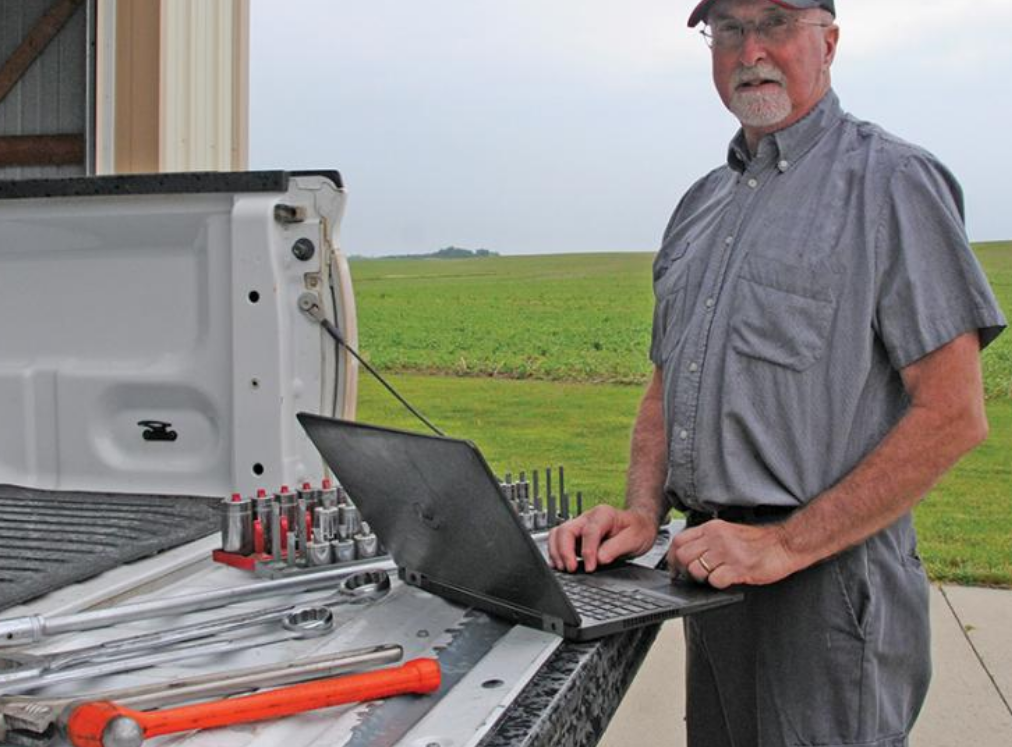Welcome to Sino Bearings web
24x7 HOTLINE:+86-28-81454188

 TECHNOLOGY
TECHNOLOGY
Grease-able bearings come in two designs. One design has no seal on one side. The other design has seals on both sides of the bearing.
Customers sometimes comment that when they replace a grease-able bearing, the bearing has seals on both sides so, “There’s no way for the grease to get into the bearing.”
Grease-able bearings come in two designs. One design has no seal on one side, so grease from its zerk easily gets where it needs to go. The other design has seals on both sides of the bearing, and one or two small holes in the surface of the outer race.
Those holes allow grease pumped into the bearing flanges or housing, once the cavity is filled, to flow inside the bearing. Ideally, when assembling a bearing with lubrication holes in its outer race, one of those holes should be aligned with the bearing’s grease zerk. It doesn’t have to be perfectly aligned, but the closer the lube hole is to the base of the zerk, the better.
If, in the rush to reassemble the bearing, you forget to align the lube hole with the zerk, it’s theoretically no big deal. Once the cavity around the outer housing is filled, continued pumping with a grease gun forces grease into the lube hole.
But in a perfect world, the base of the zerk should align with the lube hole in the outer race.